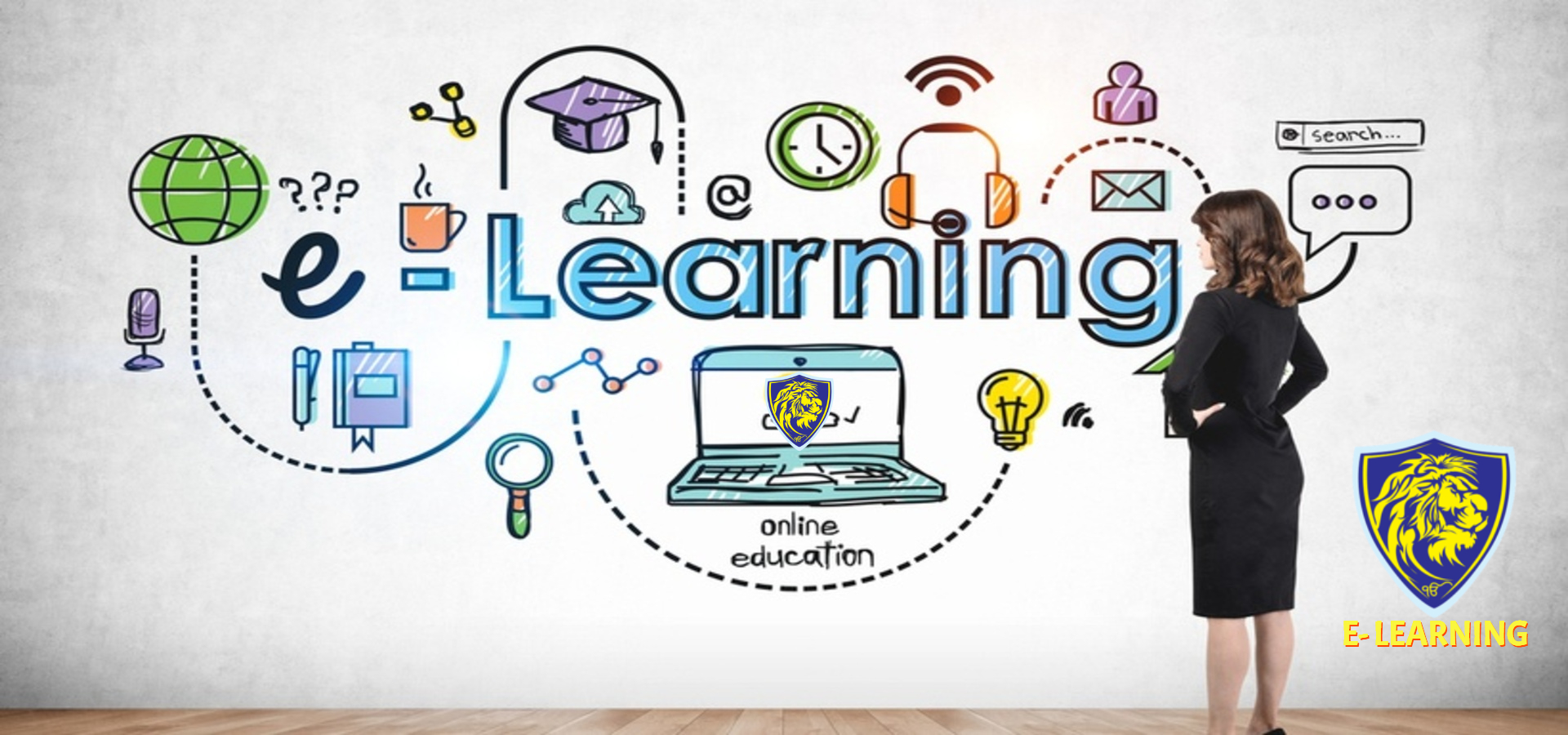
An electronic learning system means a cohesive online platform or software that gives teachers, managers, trainers, and learners alike a set of interactive features to help with the e learning management, delivery, and receipt of learning content. Because of its accessibility and versatility, this e-learning system is highly compatible with the learning and training approaches of different work industries.
With online e-learning, individuals can access educational materials and engage in interactive learning experiences from the comfort of their own homes, at their own pace, and at a time that suits them best. In this article, we’ll take a deeper look at what electronic management learning systems are, their features and benefits, and how they have transformed learning.
Primarily, an e-learning system or LMS is designed to help teachers, instructors, trainers, and managers create, deliver, and measure the usage of learning materials in a more efficient way. It should make it simpler for them to keep track of learner progress and evaluate how well they’re meeting learning or training objectives. e-learning features should also allow learning and development professionals to simplify processes such as knowledge management and learner discussions.
Microlearning is where you teach and learn using easy-to-remember, bite-sized chunks of information. Only some people can absorb a torrent of information in a single course or lesson, but breaking it down into smaller parts is clinically proven to make it absorbed more efficiently. This makes microlearning much more effective than traditional training.
Just about everybody in the developed world has a smartphone nowadays – especially those in a business environment. By allowing learners to use their own smartphones, they can perform lessons and training courses at their own convenience, wherever they are in the world!
Few places in the world have a broadband infrastructure that allows an organization to send large courseware files to scores of individuals. Doing so would also mean that updating information and version control becomes very hard to manage.
However, if your electronic learning platform is based in the cloud, you can quickly and easily update courses or lessons whenever you want and all of your learners will instantly have access to the new information.
With analytics and reporting features, you’re able to see each learner’s unique course history. This will give you better insight into how learners are progressing in each course, their scores, and if there are any roadblocks in their learning pathways.
• Improved ROI – You get more training for less money, a win-win for both the organization and the employee.
• Greater compliance more quickly – New employees are brought up to speed in less time. As compliance changes, existing employees learn new information to keep your organization’s compliance up-to-date.
• Proof of training – Independent reporting via your LMS shows that your organization is doing all training necessary.
• High training level overall – Since your training is offered in an engaging, motivating way, and on an “any time, any place” basis, employees are encouraged to complete more of it. The more they do, the more they learn. The more they learn, the more your general training goals are reached.
• Need-based content – You build the training content you need. It is relevant, timely, and flexible. When things change, rapid authoring enables you to make the revisions quickly, sometimes within minutes. This means your training content can exactly suit your corporate needs.